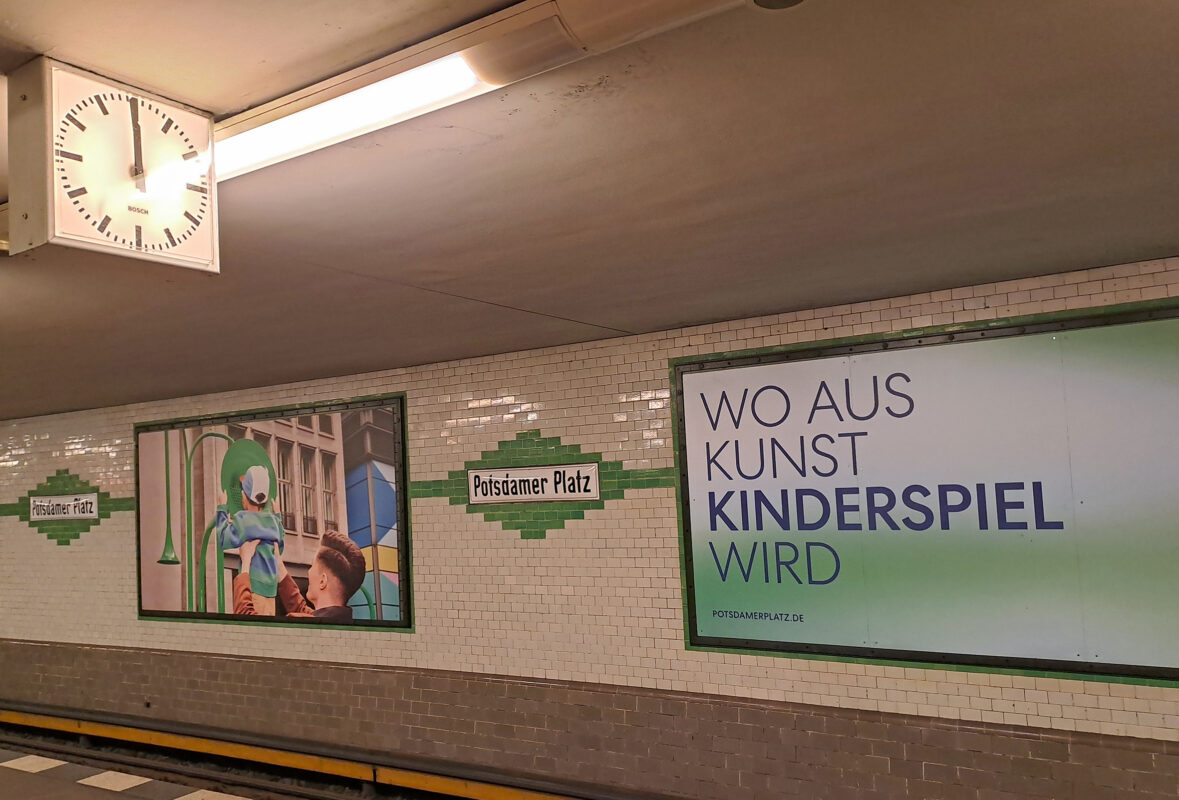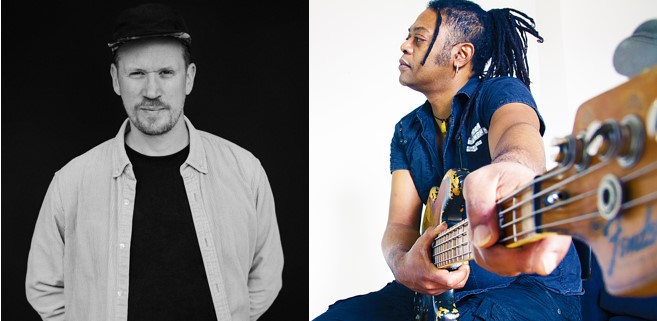Speaking-instrumental music-making
Under the direction of Heinrich Mätzener, the "Airs du Mariage de Figaro" by Amand Vanderhagen were republished at the Lucerne School of Music. This was accompanied by an in-depth stylistic examination of the music of the late 18th century.

Arrangements of well-known operas and symphonies set "in harmony" enjoyed great popularity in the late 18th and early 19th centuries, as did the Airs du Mariage de Figaro (deuxième livraison) by Amand Vanderhagens. An opera arrangement is particularly suitable for a stylistic examination of the music of this period: Performers can use the opera as a basis to align their playing with the dramaturgical events of the plot. They find the key to spoken-instrumental music-making in the vocal score. This corresponds to a central concern that Leopold Mozart expressed in 1756 in his Attempt at a thorough violin school (pp. 108 and 109) formulated: "And who does not know that singing music should always be the focus of all instrumentalists?"
In order to meet this requirement in the performance-oriented new edition and to enable a differentiated performance of the vocal part on the instrument, the libretto texts were integrated into the score and into the part material of Vanderhagen's Figaro-arrangement. The gesture of the Italian language and the emotional content of the arias can thus be directly reflected in the instrumental performance. The technical means used for this, such as differentiated articulations, small-scale dynamics, profiling of rhythmic figures as well as phrasing and agogic shaping, are derived from the linguistic style. In addition, with the kind permission of the Bärenreiter publishing house, the original performance markings (articulation, dynamics, slurs) from the Urtext of the New Mozart Edition have been transferred to Vanderhagen's arrangement and marked in color.
Like Leopold Mozart, Amand Vanderhagen also conveyed the following in his teaching work Méthode nouvelle et raisonnée pour la clarinette (1785) gave advice on a stylistically appropriate realization of the music of the late 18th century. Both teachers discussed questions of articulation, dynamics, voice leading, rhythm and phrasing in detail. In addition to the practically arranged sheet music, the new edition contains a comparison of individual sections of both teaching works. These comparisons confirm that Leopold Mozart's violin school was already regarded as a seminal work for the art of music-making during his lifetime and that it was also incorporated into music pedagogical works of later eras.
AIRS du Mariage de Figaro, Mise en Harmonie par Amand Vanderhagen, for 2 flutes, 2 clarinets, 2 horns and 2 bassoons, new edition by Heinrich Mätzener, Institut für Musikpädagogik, Hochschule Luzern - Musik, 2013
Research report and grade issue








